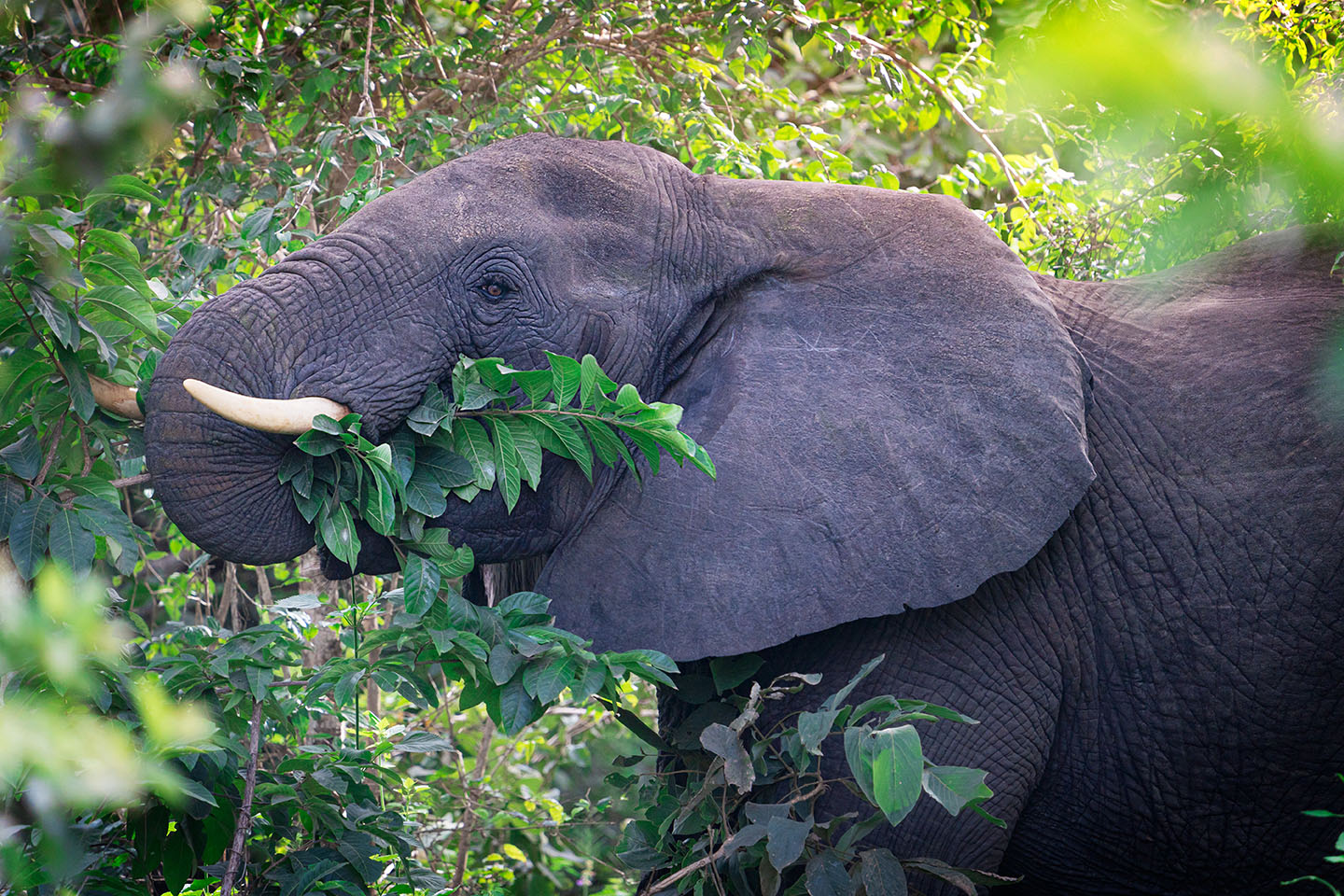
< Back
vegetation
Definition
Vegetation is a general term for the plant life of a region. It refers to the ground cover provided by plants, and is, by far, the most abundant biotic element of the biosphere.
Vegetation is classified into different types, based on the height of the plants, the type of plants, and the climate. Some common types of vegetation include forests, grasslands, and deserts.
Vegetation plays an important role in the environment. It helps to regulate the climate, prevent soil erosion, and provide food and shelter for animals.
Vegetation is also important for humans. We use it for food, medicine, and building materials.
How can the word be used?
The desert is devoid of vegetation.

Different forms of the word
Noun:
- plant life, especially as a covering on the ground.
Adjective: of or relating to vegetation.
Etymology
The word "vegetation" comes from the Latin word "vegetatio", which means "growth".
The first recorded use of the word "vegetation" in English was in the 14th century.
Question
What is vegetation?
AQA Science Exam Question and Answer
Question:
Explain the role of vegetation in maintaining ecosystem balance. Provide an example of how vegetation contributes to soil stability and prevents erosion.
Answer:
Vegetation plays a crucial role in maintaining ecosystem balance through its various ecological functions. One of its vital contributions is in promoting soil stability and preventing erosion.
For instance, consider a dense forest ecosystem. The roots of trees and other plants firmly anchor the soil, reducing the likelihood of erosion caused by wind or water. As raindrops fall on the forest canopy, the vegetation intercepts and absorbs their impact, preventing them from directly hitting the soil surface and causing soil particles to dislodge.
Furthermore, the intricate network of roots creates a natural "net" that holds the soil together, minimising runoff and ensuring that rainwater is gradually absorbed. This process reduces the risk of sediment being washed away into nearby water bodies, which can lead to pollution and habitat degradation.
Vegetation also helps regulate water flow by controlling the rate of water absorption and release, thus reducing the risk of flooding and promoting groundwater recharge.